It looks like you're using an Ad Blocker.
Please white-list or disable AboveTopSecret.com in your ad-blocking tool.
Thank you.
Some features of ATS will be disabled while you continue to use an ad-blocker.
share:
In the latter half of the 18th century a remarkable series of uprisings in the so-called New World took place and involved a multitude of ethnic
groups and evolving identities , certainly they were uprisings well before then, from the first uprisings of slaves that garnered freedom through a
peace treaty in Mexico, these rebellions would see the Creation of the New World's first Republic the United States Of America and the New
World's 2nd Republic and 1st Black Republic Haiti a few years later, but lets start from the beginning
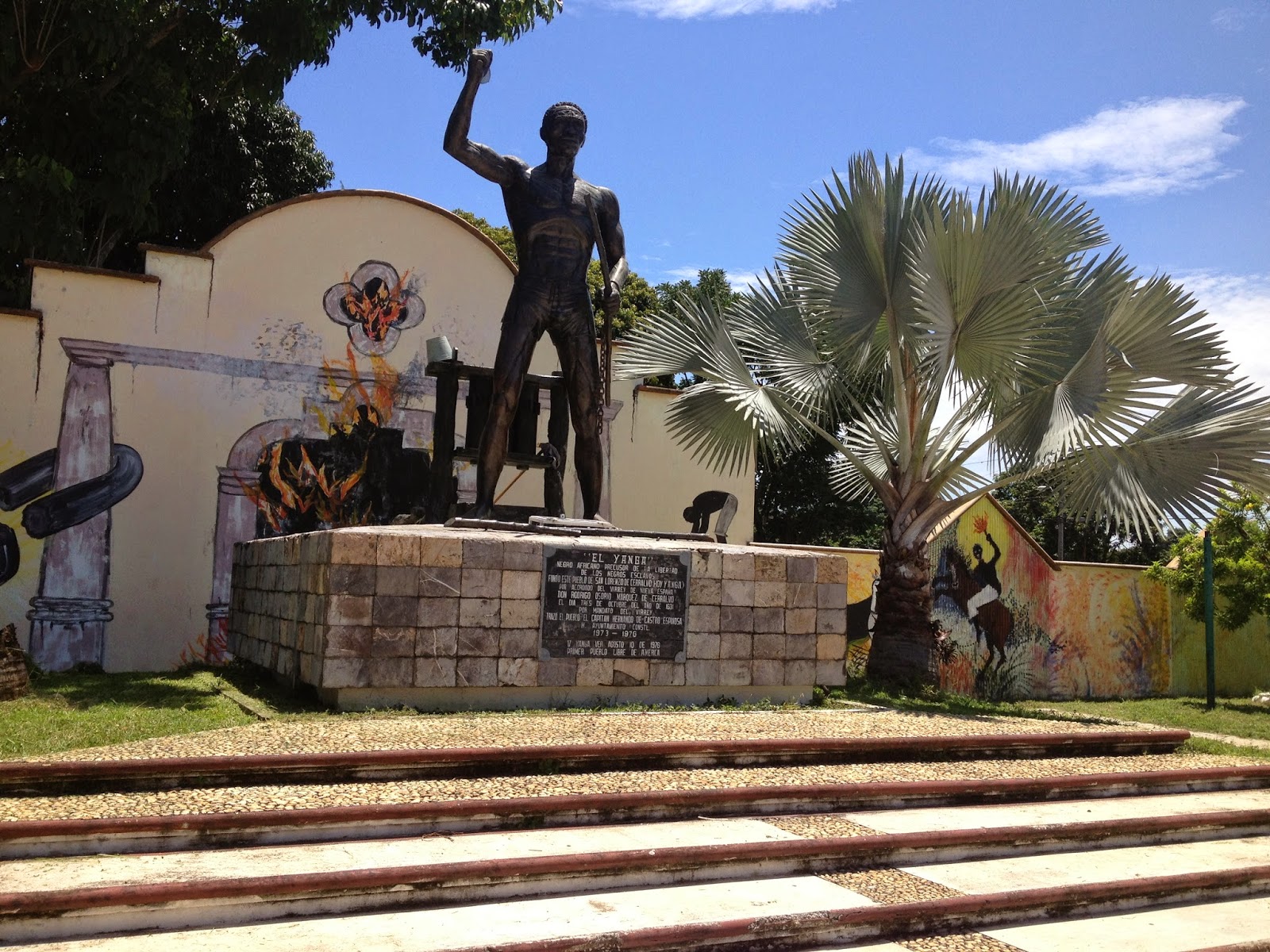
While they did not manage to create an independent state they remained largely autonomous until recently.

Gaspar Yanga’s Rebellion
Known as the “first liberator of the Americas,” Gaspar Yanga was an African slave who spent four decades establishing a free settlement in Mexico. Yanga’s odyssey began in 1570 when he staged a revolt at a sugarcane plantation near Veracruz. After fleeing into the forest, Yanga and a small group of former slaves established their own colony, or palanque, which they called San Lorenzo de los Negros. They would spend the next 40 years hiding in this outlaw community, surviving mostly through farming and occasional raids on Spanish supply convoys.
Colonial authorities succeeded in destroying San Lorenzo de los Negros in 1609, but they were unable to capture Yanga’s followers and eventually settled for a peace treaty with the former slaves. Now in his old age, Yanga negotiated the right to build his own free colony as long as it paid taxes to the Spanish crown. This municipality—the first official settlement of freed Africans in the Americas—was finally established in 1630 and still exists today under the name “Yanga.”
www.history.com...
While they did not manage to create an independent state they remained largely autonomous until recently.
Next we have a relative short lived state complete with Kings the idea of a republic would remained a foreign concept to these Africans and Native
Americans.
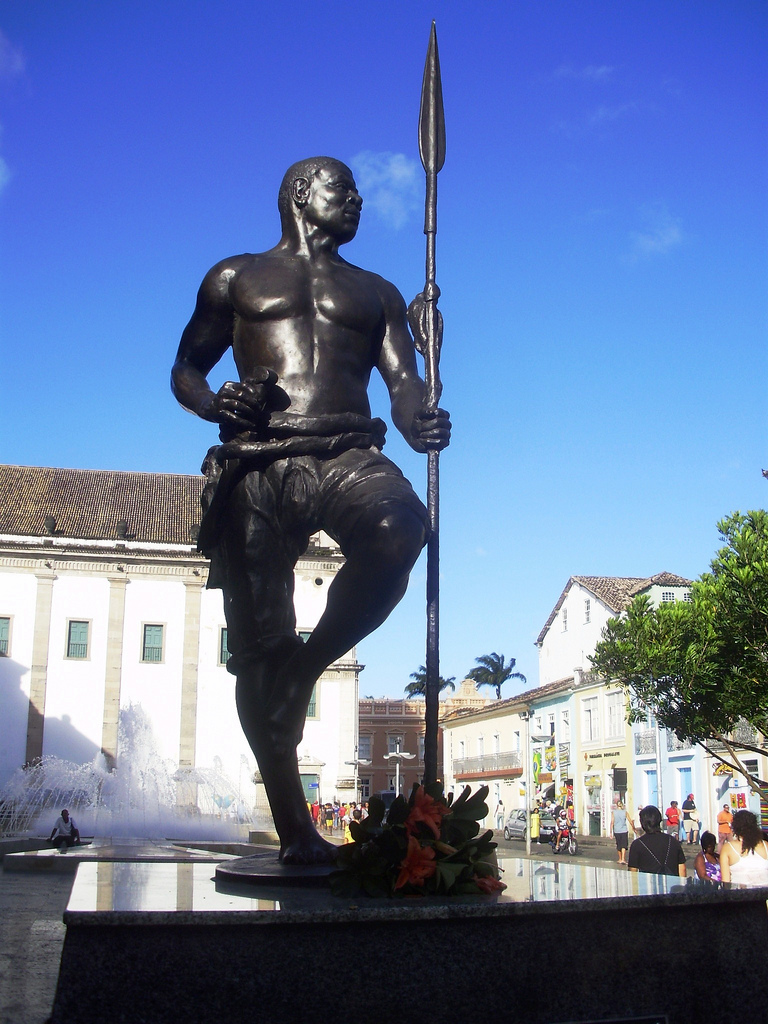
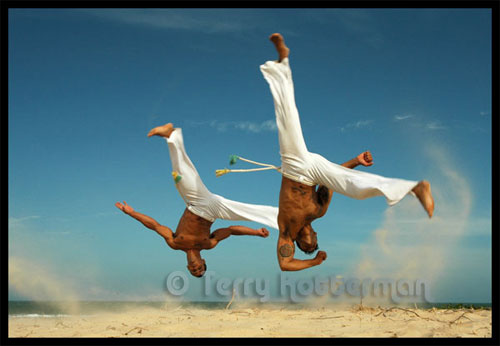
For those of you martial artist out there here is a New World adaptation of the Angolan fighting called Capoeira disguised as a dance not unlike Okinawan Karate it's movement are fast and elegant and was once banned from use.

[King Zumbi
Quilombos — Our forefathers bequeathed to us the oral tradition! telling one to the other the history of a people, that is, a group of black slaves who fled from the plantations in the northeastern region of Brazil and founded an independent village. That place of difficult access, called Palmares, rests in Serra da Barriga, which, today in the State of Alagoas, was at that time a capitancy of the state of Pernambuco.
The black men and women, who escaped from the terrible holocaust of slavery, were called the quilombolas. They rallied together the indigenous people and the white allies, and the free Republics that were formed by these groups were called quilombos.
Palmares — History records many qullombos; nevertheless, the Quilombo of Palmares, the greatest in extension and duration and spreading across various points of the sierra, endured practically 100 years, between 1600 and 1695. Around 1654, the Quilombo of Palmares was composed of many villages where the escaped Africans lived in freedom.
.Among them were:
Macaco — in Serra da Barriga, with 8,000 habitants
Amaro — in the northeast of Serinhadm, with 5,000 habitants
Sucupira — 80krn from Macaco
Zumbi — to the northeast of Porto Calvo
Osenga — 20km from Macaco
The total population of Palmares in that period reached 20,000 habitants who represented 15% of Brazil's population. With the quilombos, the maintenance of African identity and of the costumes functioned as the cement of the communities, stimulating numerous slave escapes from the surrounding sugar plantations
In Palmares, the Africans would sing:
Rest Africans, whites won't come here,
rest Africans, whites won't come here,
if they come, to rags they will go.
Zumbi — One of the most famous leaders of Palmares was Zumibi, who was born in 1655 in one of the villages of Palmares. As a child, he was captured by soldiers and given to Father Antonio Melo from the parish of Porto Calvo. He studied Portuguese and Latin, was an altar boy, and was baptized with the name of Francisco.
At 15 years old, in 1670, he fled from the parish and returned to Palmares. He became a great leader by having overcome ordeals and by not "whitening" himself. Courageous, with the capacity to organize and command, he became a myth among African Brazilians — not a hidden myth, but one that revealed. Zumbi means: the force and spirit of the present .
The defeat of Palmares was only possible when the authorities of the colony appealed to the frontier explorer, Domingos Jorge Velho, who armed an expedition against Palmares in 1694. After much fighting, Zumbi was martyred and died on November 20, 1695.

For those of you martial artist out there here is a New World adaptation of the Angolan fighting called Capoeira disguised as a dance not unlike Okinawan Karate it's movement are fast and elegant and was once banned from use.
edit on 24-1-2016 by Spider879 because: (no reason
given)
There were various Rebellions in what was to become the United States but some achieved autonomy like the Maroons of Jamaica.
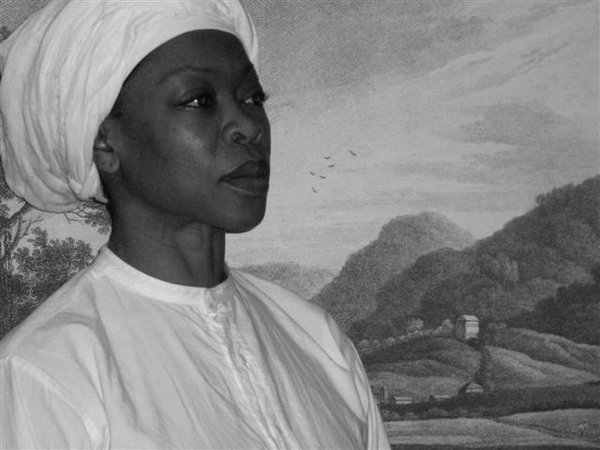
The above is no joke it is said that Jamaica had the most slave rebellions in history but they only achieved participial autonomy through treaty.

Queen Nanny is presumed to have been born around the 1680’s in Africa’s Gold Coast (now known as Ghana). She was reported to belong to either the Ashanti or Akan tribe and came to Jamaica as a free woman. It is possible that Queen Nanny brought slaves of her own, reportedly being of royal African blood. It was not uncommon for African dignitaries to keep slaves. She was said to be married to a man named Adou, but had no children. She died in the 1730’s.
Moore Town is now the primary town of the Windward Maroons – it was founded in 1734 after the British destroyed the original Maroon town, which was known as ‘Nanny Town’.
Historical Maroon Identity and Culture
Slaves imported to Jamaica from Africa came from the Gold Coast, the Congo and Madagascar. The dominant group among Maroon communities was from the Gold Coast. In Jamaica this group was referred to as Coromantie or Koromantee. They were fierce and ferocious fighters with a preference for resistance, survival and above all freedom and refused to become slaves. Between 1655 until the 1830’s they led most of the slave rebellions in Jamaica.
www.blackwellreference.com...
The above is no joke it is said that Jamaica had the most slave rebellions in history but they only achieved participial autonomy through treaty.
The United States, now everyone should be familiar with this one
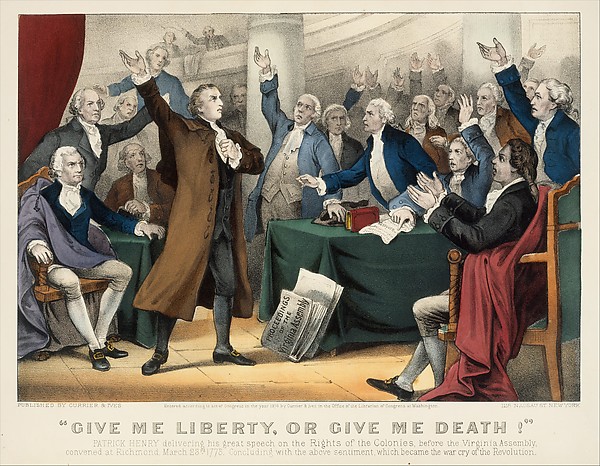
Patrick Henry Give Me Liberty or give me Death.
The American uprising is different from the previous in both scale and consequence, the fight was not so much about escaping slavery as such ,but to create a breakaway state and in this they were very successful
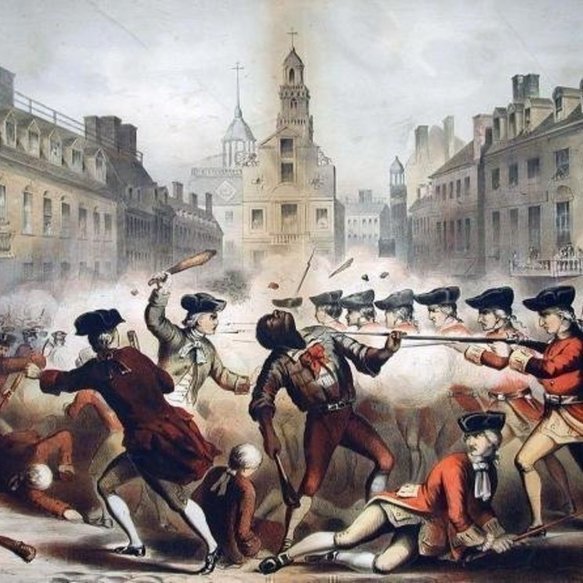
Here I am not stucked with a paucity of information but with too much, and will return to this very successful revolt on another thread way too much layers to peel back hopefully some of my history peeps on ATS can help out.

Patrick Henry Give Me Liberty or give me Death.
The American uprising is different from the previous in both scale and consequence, the fight was not so much about escaping slavery as such ,but to create a breakaway state and in this they were very successful
The American Revolution (1775-83) is also known as the American Revolutionary War and the U.S. War of Independence. The conflict arose from growing tensions between residents of Great Britain’s 13 North American colonies and the colonial government, which represented the British crown. Skirmishes between British troops and colonial militiamen in Lexington and Concord in April 1775 kicked off the armed conflict, and by the following summer, the rebels were waging a full-scale war for their independence. France entered the American Revolution on the side of the colonists in 1778, turning what had essentially been a civil war into an international conflict. After French assistance helped the Continental Army force the British surrender at Yorktown, Virginia, in 1781, the Americans had effectively won their independence, though fighting would not formally end until 1783
www.history.com...
.

LEAD UP TO THE REVOLUTIONARY WAR
For more than a decade before the outbreak of the American Revolution in 1775, tensions had been building between colonists and the British authorities. Attempts by the British government to raise revenue by taxing the colonies (notably the Stamp Act of 1765, the Townshend Tariffs of 1767 and the Tea Act of 1773) met with heated protest among many colonists, who resented their lack of representation in Parliament and demanded the same rights as other British subjects. Colonial resistance led to violence in 1770, when British soldiers opened fire on a mob of colonists, killing five men in what was known as the Boston Massacre. After December 1773, when a band of Bostonians dressed as Mohawk Indians boarded British ships and dumped 342 chests of tea into Boston Harbor, an outraged Parliament passed a series of measures (known as the Intolerable, or Coercive Acts) designed to reassert imperial authority in Massachusetts.
Here I am not stucked with a paucity of information but with too much, and will return to this very successful revolt on another thread way too much layers to peel back hopefully some of my history peeps on ATS can help out.
edit on 24-1-2016 by Spider879 because: (no reason given)
Martin Luther King led a rebellion… non violent protest marches to expose the racist injustice in America.
Gandhi led a non violent rebellion against the British over the right to be self governing, too.
Prefer that kind to shootem up.
MLK used to say, if you can't take a billy club to the head without hitting back, don't show up to March.
Gandhi led a non violent rebellion against the British over the right to be self governing, too.
Prefer that kind to shootem up.
MLK used to say, if you can't take a billy club to the head without hitting back, don't show up to March.
Haiti was one the most bloody revolutions in near modern times, they defeated the armies of Napoleon, the Spanish that tried to take them over and
the British who saw an opportunity this revolution would have consequence for the newly emergent United States as it was the defeat of the French and
the loss of that island that led to the Louisiana purchase,

But for them America would at best looked like this today.
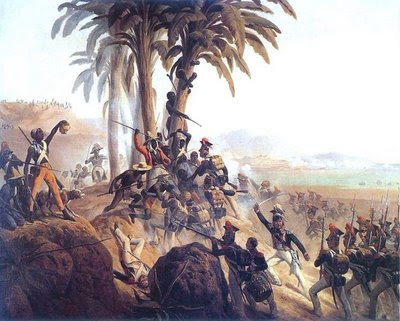
They also had an impact on the nations of South America especially Venezuela who were also fighting independence from Spain.

But for them America would at best looked like this today.

Haiti
For several years the slaves had been deserting their plantations with increasing frequency. The numbers of maroons had swollen dramatically and all that was needed was some spark to ignite the pent up frustration, hatred and impulse toward independence.
This event was a Petwo Voodoo service. On the evening of August 14th Dutty Boukman, a houngan and practitioner of the Petwo Voodoo cult, held a service at Bois Caiman. A woman at the service was possessed by Ogoun, the Voodoo warrior spirit. She sacrificed a black pig, and speaking the voice of the spirit, named those who were to lead the slaves and maroons to revolt and seek a stark justice from their white oppressors. (Ironically, it was the whites and not the people of color who were the targets of the revolution, even though the people of color were often very harsh slave owners.)
The man named Boukman, Jean-Francois, Biassou and Jeannot as the leaders of the uprising. It was some time later before Toussaint, Henry Christophe, Jean-Jacques Dessalines and Andre Rigaud took their places as the leading generals who brought The Haitian Revolution to its final triumph.
history.state.gov...
They also had an impact on the nations of South America especially Venezuela who were also fighting independence from Spain.
edit on 24-1-2016
by Spider879 because: (no reason given)
originally posted by: intrptr
Martin Luther King led a rebellion… non violent protest marches to expose the racist injustice in America.
Gandhi led a non violent rebellion against the British over the right to be self governing, too.
Prefer that kind to shootem up.
MLK used to say, if you can't take a billy club to the head without hitting back, don't show up to March.
True but I am not sure that in those times the moral compass of 50 yrs ago would work back in the 18th century.
Ok ATS add stuff and leave comments will add more nations and peoples of the Americas later..
edit on 24-1-2016 by Spider879 because: (no
reason given)
a reply to: Spider879
I think it would (work). Non violent protest is willing to sacrifice for the sake of exposing the injustice. If the state rules through threats, violence and intimidation, that will be exposed for all to see.
The non violent part insures that the state can't claim it was attacked first and then responded in kind.
Remember this?
True but I am not sure that in those times the moral compass of 50 yrs ago would work back in the 18th century.
I think it would (work). Non violent protest is willing to sacrifice for the sake of exposing the injustice. If the state rules through threats, violence and intimidation, that will be exposed for all to see.
The non violent part insures that the state can't claim it was attacked first and then responded in kind.
Remember this?
originally posted by: alldaylong
a reply to: intrptr
Gandhi led a non violent rebellion against the British over the right to be self governing, too.
Would that be Mahatma Gandhi the racists ?
Bite your tongue. His peaceful pretest against the British to gain independence are all documented, for his country and humanity, not skin color.
edit on 24-1-2016 by intrptr because: edit out spacing
originally posted by: intrptr
originally posted by: alldaylong
a reply to: intrptr
Gandhi led a non violent rebellion against the British over the right to be self governing, too.
Would that be Mahatma Gandhi the racists ?
Bite your tongue. His peaceful pretest against the British to gain independence are all documented, for his country and humanity, not skin color.
Mmmm
I think you need to re define what Gandhi was :-
www.bbc.co.uk...
atlantablackstar.com...
www.raceandhistory.com...
en.wikipedia.org...
You can have more if you wish.
originally posted by: intrptr
a reply to: Spider879
True but I am not sure that in those times the moral compass of 50 yrs ago would work back in the 18th century.
I think it would (work). Non violent protest is willing to sacrifice for the sake of exposing the injustice. If the state rules through threats, violence and intimidation, that will be exposed for all to see.
The non violent part insures that the state can't claim it was attacked first and then responded in kind.
Remember this?
But we are talking about people that would have no qualms about sacrificing thousand of captured POWs to serve the ancestors or shipped out to slavery , or those would have no trouble dumping people over board to lighten the load, things like war crimes or something like the Geneva Conventions, wouldn't even register in the 18th century , mass murder without guilt was the norm, today we can feel a sense of shame or guilt but back in the day it was called too bad for you.
By the time you get to the late 19th century the moral compass had began to shift because many social revolution in consciousness would continue to grow.
edit on 24-1-2016 by Spider879 because: (no reason given)
The Above is simply an introduction or an over view, I am considering doing something on Native American state defending in the context of what was
to become the USA ,which I did not include here for they were not rebellions but were full fledged states mostly in the form of a confederacy the
French Indian wars against the British for example right before the breakaway state of the US took place, the Seminole wars that included in it's
ranks Africans in rebellion as a separate entity under Micanopy Osceola and John Horse Cohia
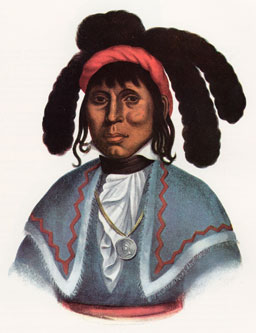
Chief Micanopy
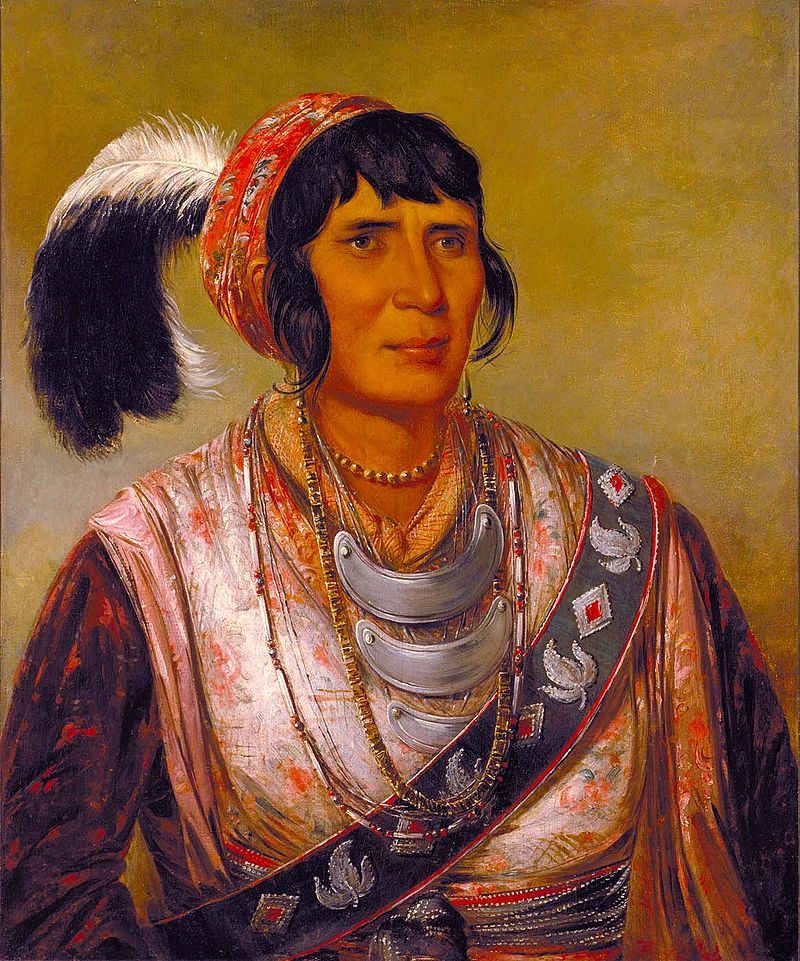
Chief Osceola
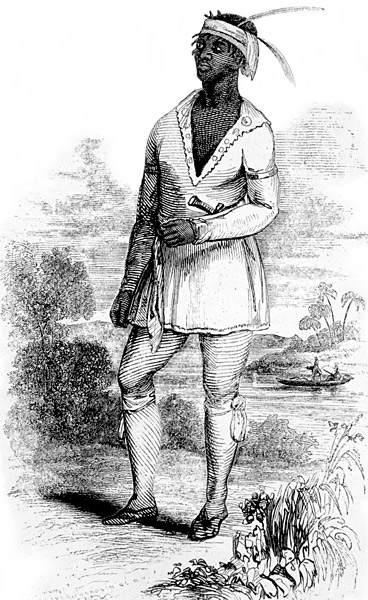
Chief John Horse Cohia
The Book Black Indians by

I recommend the Book Black Indians by William L Katz, a detailed look into the lives of America's triple heritage.

Chief Micanopy

Chief Osceola

Chief John Horse Cohia
The Book Black Indians by

I recommend the Book Black Indians by William L Katz, a detailed look into the lives of America's triple heritage.
edit on 24-1-2016 by Spider879 because: (no reason given)
a reply to: Spider879
Oh that was only for demonstration purposes. For peaceful non violent protest you have to have an authority to demonstrate against.
If they are bombing the crap out of your country from twenty thousand feet that becomes impossible.
Whole cities, countries even are destroyed this way in modern times.
I still protest…
Oh that was only for demonstration purposes. For peaceful non violent protest you have to have an authority to demonstrate against.
If they are bombing the crap out of your country from twenty thousand feet that becomes impossible.
Whole cities, countries even are destroyed this way in modern times.
I still protest…
a reply to: alldaylong
Those viewpoints are biased favoring the west.
The BBC, Colonel Singh? Really?
Re writing the history.
I think you need to re define what Gandhi was :-
Those viewpoints are biased favoring the west.
The BBC, Colonel Singh? Really?
Re writing the history.
new topics
-
Las Vegas UFO Spotting Teen Traumatized by Demon Creature in Backyard
Aliens and UFOs: 12 minutes ago -
2024 Pigeon Forge Rod Run - On the Strip (Video made for you)
Automotive Discussion: 1 hours ago -
Gaza Terrorists Attack US Humanitarian Pier During Construction
Middle East Issues: 1 hours ago -
The functionality of boldening and italics is clunky and no post char limit warning?
ATS Freshman's Forum: 2 hours ago -
Meadows, Giuliani Among 11 Indicted in Arizona in Latest 2020 Election Subversion Case
Mainstream News: 3 hours ago -
Massachusetts Drag Queen Leads Young Kids in Free Palestine Chant
Social Issues and Civil Unrest: 3 hours ago -
Weinstein's conviction overturned
Mainstream News: 4 hours ago -
Supreme Court Oral Arguments 4.25.2024 - Are PRESIDENTS IMMUNE From Later Being Prosecuted.
Above Politics: 6 hours ago -
Krystalnacht on today's most elite Universities?
Social Issues and Civil Unrest: 6 hours ago -
Chris Christie Wishes Death Upon Trump and Ramaswamy
Politicians & People: 6 hours ago
top topics
-
Krystalnacht on today's most elite Universities?
Social Issues and Civil Unrest: 6 hours ago, 8 flags -
Weinstein's conviction overturned
Mainstream News: 4 hours ago, 6 flags -
Supreme Court Oral Arguments 4.25.2024 - Are PRESIDENTS IMMUNE From Later Being Prosecuted.
Above Politics: 6 hours ago, 5 flags -
University of Texas Instantly Shuts Down Anti Israel Protests
Education and Media: 8 hours ago, 5 flags -
Massachusetts Drag Queen Leads Young Kids in Free Palestine Chant
Social Issues and Civil Unrest: 3 hours ago, 4 flags -
Meadows, Giuliani Among 11 Indicted in Arizona in Latest 2020 Election Subversion Case
Mainstream News: 3 hours ago, 4 flags -
Chris Christie Wishes Death Upon Trump and Ramaswamy
Politicians & People: 6 hours ago, 2 flags -
Any one suspicious of fever promotions events, major investor Goldman Sachs card only.
The Gray Area: 11 hours ago, 2 flags -
Gaza Terrorists Attack US Humanitarian Pier During Construction
Middle East Issues: 1 hours ago, 2 flags -
2024 Pigeon Forge Rod Run - On the Strip (Video made for you)
Automotive Discussion: 1 hours ago, 1 flags
active topics
-
Candidate TRUMP Now Has Crazy Judge JUAN MERCHAN After Him - The Stormy Daniels Hush-Money Case.
Political Conspiracies • 781 • : Threadbarer -
University of Texas Instantly Shuts Down Anti Israel Protests
Education and Media • 184 • : Consvoli -
God's Righteousness is Greater than Our Wrath
Religion, Faith, And Theology • 30 • : confuzedcitizen -
Chris Christie Wishes Death Upon Trump and Ramaswamy
Politicians & People • 19 • : DontTreadOnMe -
Supreme Court Oral Arguments 4.25.2024 - Are PRESIDENTS IMMUNE From Later Being Prosecuted.
Above Politics • 60 • : Annee -
Las Vegas UFO Spotting Teen Traumatized by Demon Creature in Backyard
Aliens and UFOs • 0 • : FlyersFan -
Breaking Baltimore, ship brings down bridge, mass casualties
Other Current Events • 489 • : Threadbarer -
-@TH3WH17ERABB17- -Q- ---TIME TO SHOW THE WORLD--- -Part- --44--
Dissecting Disinformation • 679 • : McTech2 -
Gaza Terrorists Attack US Humanitarian Pier During Construction
Middle East Issues • 15 • : Irishhaf -
Massachusetts Drag Queen Leads Young Kids in Free Palestine Chant
Social Issues and Civil Unrest • 9 • : theatreboy
